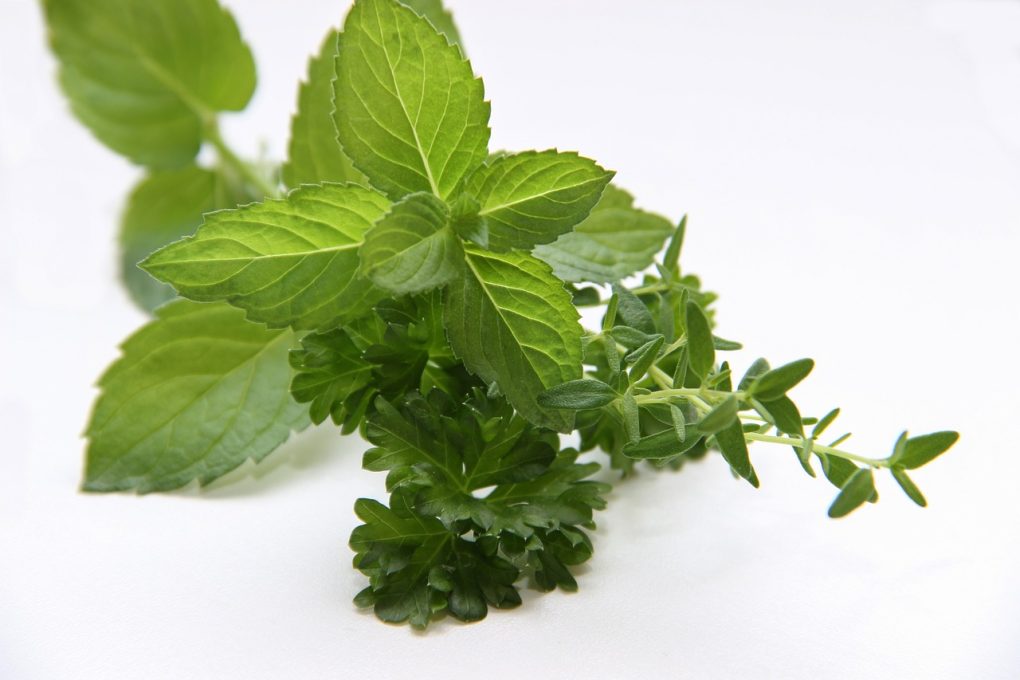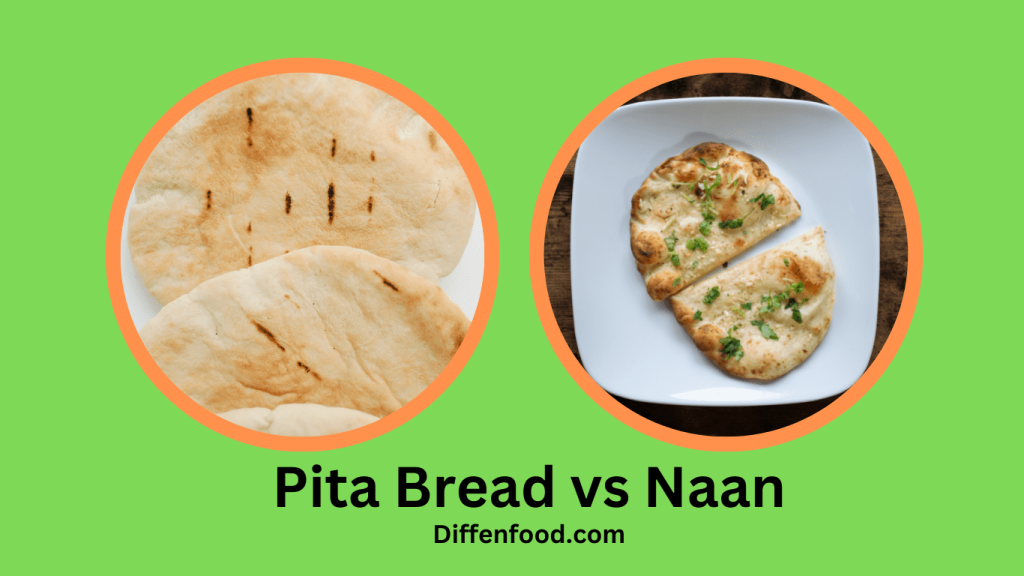
When it comes to savoring the flavor of sushi, understanding the difference between wakame and nori is essential. Both ingredients often appear in the same dish, but they have distinct characteristics that make them unique. This article will explain the differences between wakame and nori and offer helpful tips for using them in the kitchen.
What is Wakame?
Wakame is an edible seaweed with a mild, slightly sweet flavor and a thick, yet tender texture. It is most commonly used in soup, salads, and other dishes in Japanese cuisine. The seaweed is typically sold dried and can be rehydrated in water before use.
What is Nori?
Nori is a type of edible seaweed that is used to make sushi rolls. It has a slightly salty flavor and a crispy texture. Nori is typically sold in sheets that can be cut and formed into sushi rolls or other dishes.
Nutritional Benefits of Wakame and Nori
Both wakame and nori are full of vitamins and minerals. Wakame is a great source of iron and calcium, while nori is packed with protein, vitamins A, B, and C, and minerals like magnesium and potassium. Both types of seaweed are low in calories and can help you meet your daily nutritional needs.
How to Prepare Wakame and Nori
Wakame and nori can be prepared in a variety of ways. For wakame, it is best to soak the seaweed in water for several minutes before using it in a recipe. Nori, on the other hand, can be used right out of the package. It can be cut into strips or formed into sushi rolls.
What are Some Ways to Use Wakame and Nori?
Wakame and nori can be used to make a variety of dishes. Wakame can be used in soups, salads, and stir-fries. Nori can be used to make sushi rolls, wraps, and other dishes. Both types of seaweed can also be used to add flavor and texture to a variety of dishes.
What are the Health Benefits of Wakame and Nori?
Wakame and nori offer a variety of health benefits. Wakame is rich in vitamins and minerals, and can help to reduce inflammation and improve digestion. Nori is packed with protein, vitamins, and minerals that can help to boost immunity, improve bone health, and reduce the risk of heart disease.
Which is Better: Wakame or Nori?
When it comes to choosing between wakame and nori, it really depends on the dish you’re making. Wakame is best for soups and salads, while nori is best for sushi rolls and other dishes. Both types of seaweed offer a variety of health benefits and can be used in a variety of dishes.
Conclusion
Wakame and nori are two types of edible seaweed with distinct characteristics. Wakame is mild and slightly sweet, while nori is slightly salty and crispy. Both types of seaweed are rich in vitamins and minerals and can be used in a variety of dishes. When it comes to choosing between wakame and nori, it really depends on the dish you’re making. Whether you’re making soup, salad, sushi rolls, or something else, wakame and nori can be used to add flavor and texture to any dish.





